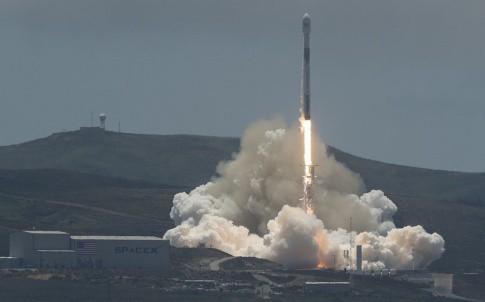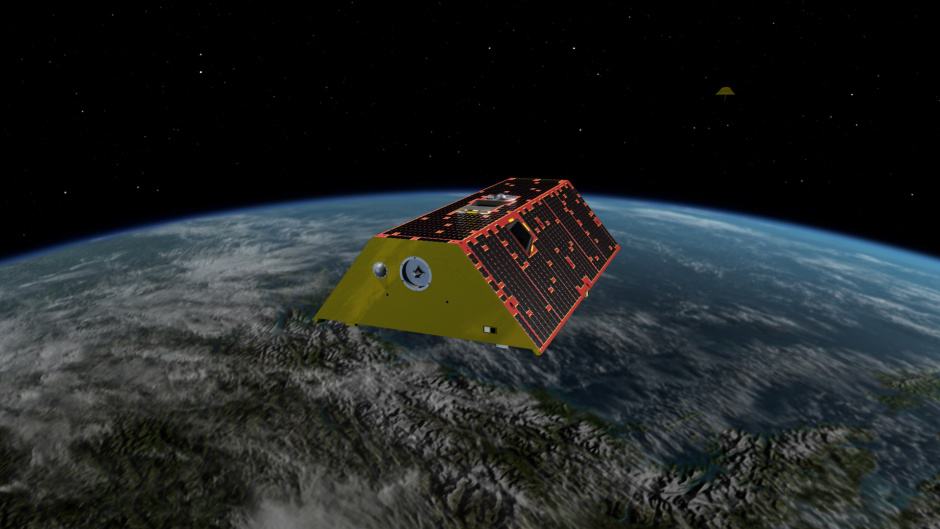
The so-called Gravity Recovery and Climate Experiment Follow-On (GRACE-FO) – a collaboration between NASA and the German Research Centre for Geosciences (GFZ) - will use two satellites to precisely track variations in the Earth’s gravitational pull resulting from the movement of water around the planet.
These gravitational changes will cause the distance between the two satellites to vary slightly. Although the two satellites orbit 137 miles (220km) apart, advanced instruments continuously measure their separation to within the width of a human red blood cell.
"GRACE-FO will provide unique insights into how our complex planet operates," said Thomas Zurbuchen, associate administrator of NASA’s Science Mission Directorate. "Just as important, because the mission monitors many key aspects of the Earth’s water cycle, GRACE-FO data will be used throughout the world to improve people’s lives - from better predictions of drought impacts to higher-quality information on use and management of water from underground aquifers."

Initial telemetry gathered following the launch showed that the satellites are performing as expected, travelling at 7.5 kilometres per second at an altitude of around 490km and circling Earth once every 90 minutes.
As the name suggests, the project is a follow on from GRACE, which was the first mission to measure the amount of ice being lost from the Greenland and Antarctic ice sheets. The mission improved our understanding of the processes responsible for sea level rise and ocean circulation, provided insights into where global groundwater resources are shrinking or growing, showed where dry soils are contributing to drought, and monitored changes in the solid Earth, such as from earthquakes.
Frank Webb, GRACE-FO project scientist at NASA's Jet Propulsion Laboratory in Pasadena, California, noted that to understand changes taking place in the climate system, scientists need data records several decades long. "Extending the data record from GRACE will allow us to better distinguish short-term variability from longer-term trends," he said.
The GRACE-FO satellites will spend their first few days in space moving to the separation distance needed to perform their mission. When they reach this distance, the mission will begin an 85-day, in-orbit checkout phase. Mission managers will evaluate the instruments and satellite systems and perform calibration and alignment procedures. Then the satellites will begin gathering and processing science data. The first science data are expected to be released in about seven months.




Swiss geoengineering start-up targets methane removal
No mention whatsoever about the effect of increased methane levels/iron chloride in the ocean on the pH and chemical properties of the ocean - are we...